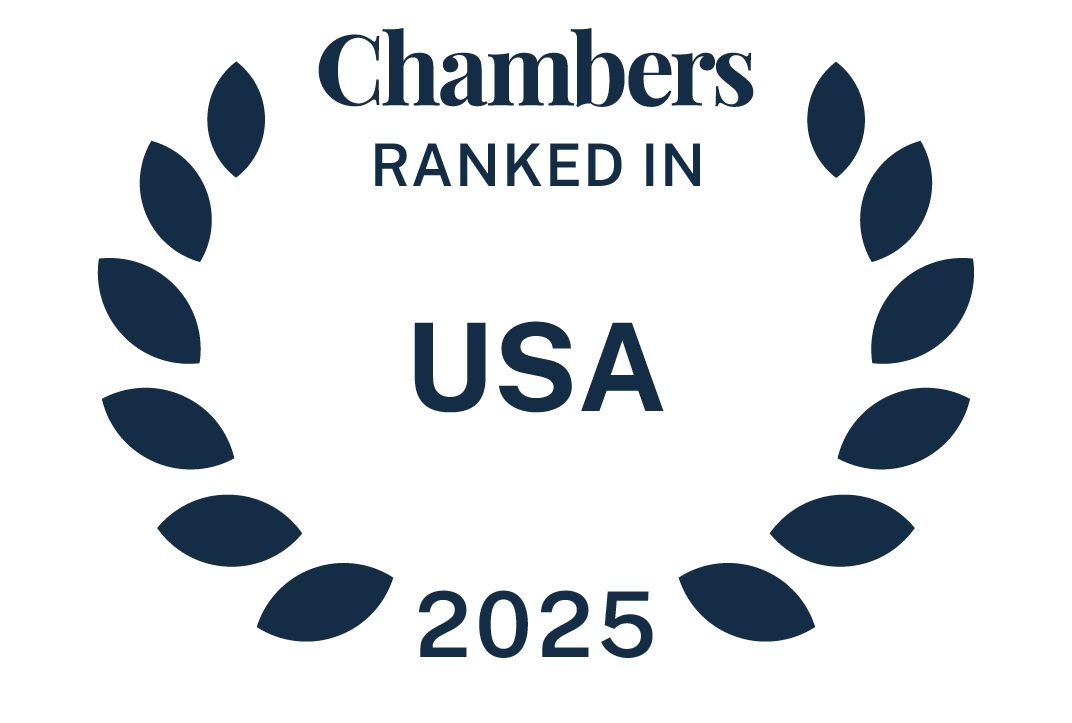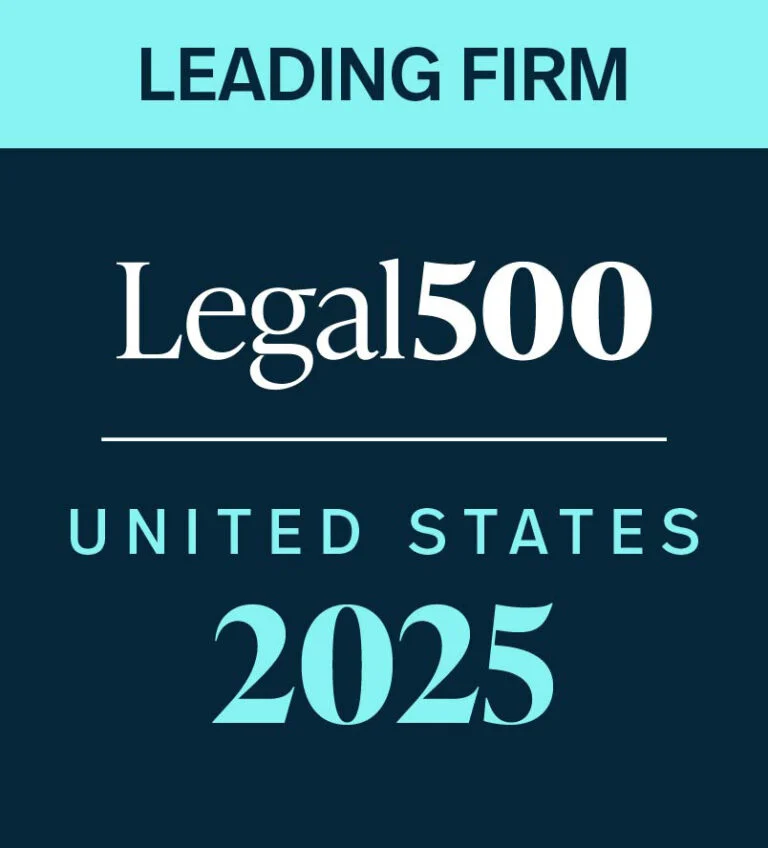Increased scrutiny of the healthcare industry from antitrust agencies such as the Federal Trade Commission and US Department of Justice emphasize the necessity of compliance measures to mitigate antitrust risk that can negatively impact the closing of transactions. This article explores the critical role of clean team agreements (CTAs) in managing antitrust risks during the due diligence process of healthcare transactions. The paper provides a comprehensive analysis of how CTAs can be structured to securely handle competitively sensitive information, ensuring that such documents are only accessed by designated personnel under strict guidelines. Through a variety of hypothetical scenarios, the article demonstrates the application of CTAs in situations involving direct competitors, labor competition, and different geographic markets. These examples underscore the importance of tailoring CTAs to the specific competitive dynamics and regulatory environments of each transaction, ensuring both legal compliance and transactional efficiency in the healthcare sector.
read more


 Subscribe
Subscribe
